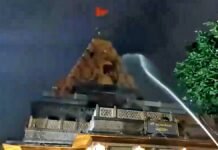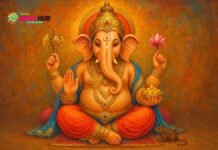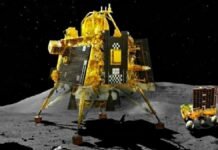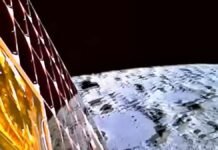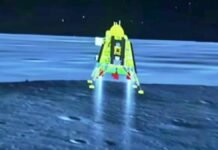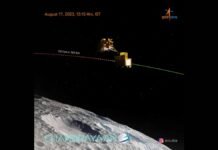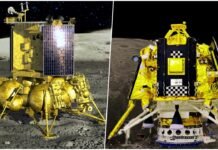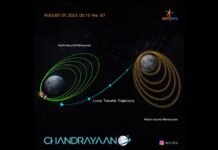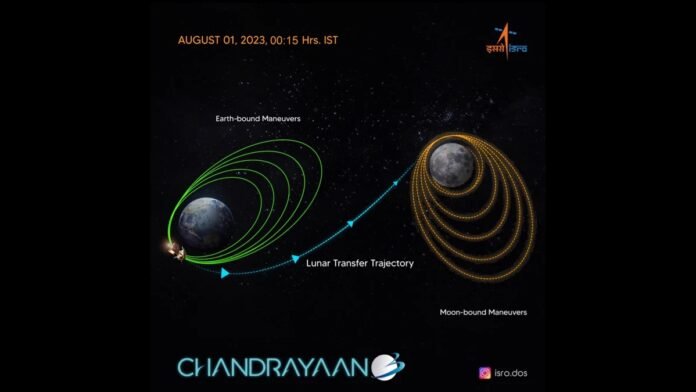
New Delhi: On August 16, Chandrayaan-3 (Chandrayaan 3) is brought into the circular orbit of the Moon of 153 Km X 163 Km. For this, the scientists of ISRO fired the thrusters of the vehicle for some time at around 08:30 am. Earlier Chandrayaan was in an orbit of 150 Km x 177 Km. Please inform that the upcoming 17th of August is a very important day for Chandrayaan. On this day ISRO will separate the propulsion module of Chandrayaan-3 from the lander.
Let us tell you that Chandrayaan-3 has a lander, rover, and propulsion module. Out of this, the lander and rover will land on the south pole of the moon and will experiment for 14 days. On the other hand, the propulsion module will do an in-depth study of the radiation coming from the Earth by staying in the Moon’s orbit. Actually, the main purpose of this mission is that through Chandrayaan-3, ISRO will search for water on the moon. Along with this, it will also find out how earthquakes occur on the surface of the moon.
The vehicle reached the Moon’s orbit on August 5
It is known that, after a long journey of about 22 days, Chandrayaan reached the Moon’s orbit on August 5 at around 7:15 pm. Then the vehicle could be captured in the gravity of the moon, for this its speed or speed was reduced slightly.
When Chandrayaan captured pictures of the moon
Let us tell that when Chandrayaan entered the Moon’s orbit for the first time, its orbit was 164 Km x 18,074 Km. At the same time, while entering this orbit of the moon, its onboard cameras also captured pictures of the moon. ISRO made a video of it and shared it on its website. The craters of the moon are clearly visible in these pictures.
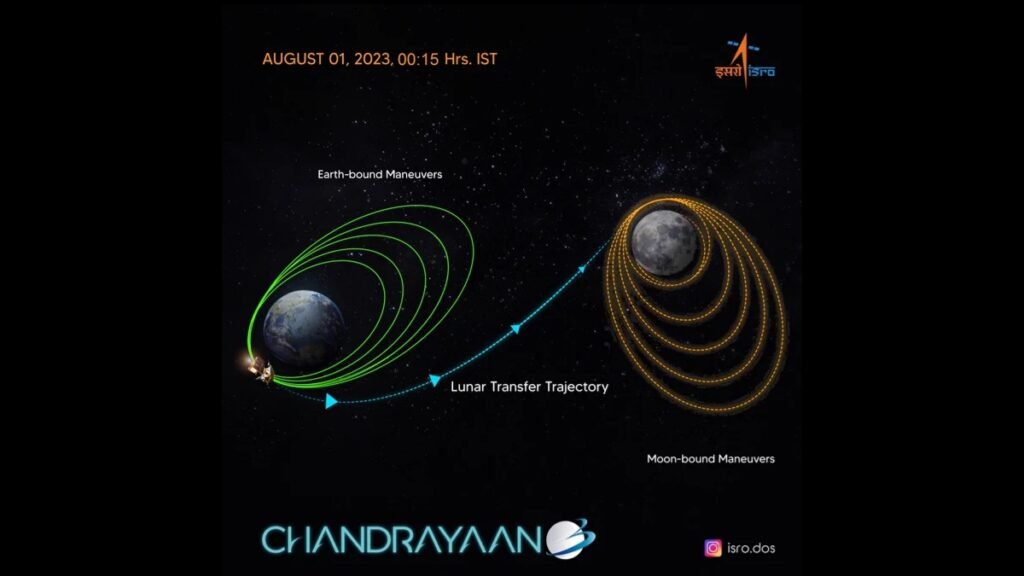
What are the main targets of Chandrayaan-3?
Significantly, ISRO launched Chandrayaan a month ago on July 14 from Sri Harikota. If seen, there are three important sequences of the Chandrayaan-3 mission. In this, the first part focuses on the earth, the second on the way to the moon, and the third on reaching the moon. As soon as these three stages are completed, the lander will separate from the propulsion module. After this, the lander will start its complex process of landing on the lunar surface. On the other hand, if India succeeds in this, then Russia will become the fourth country in the world after America and China.






















